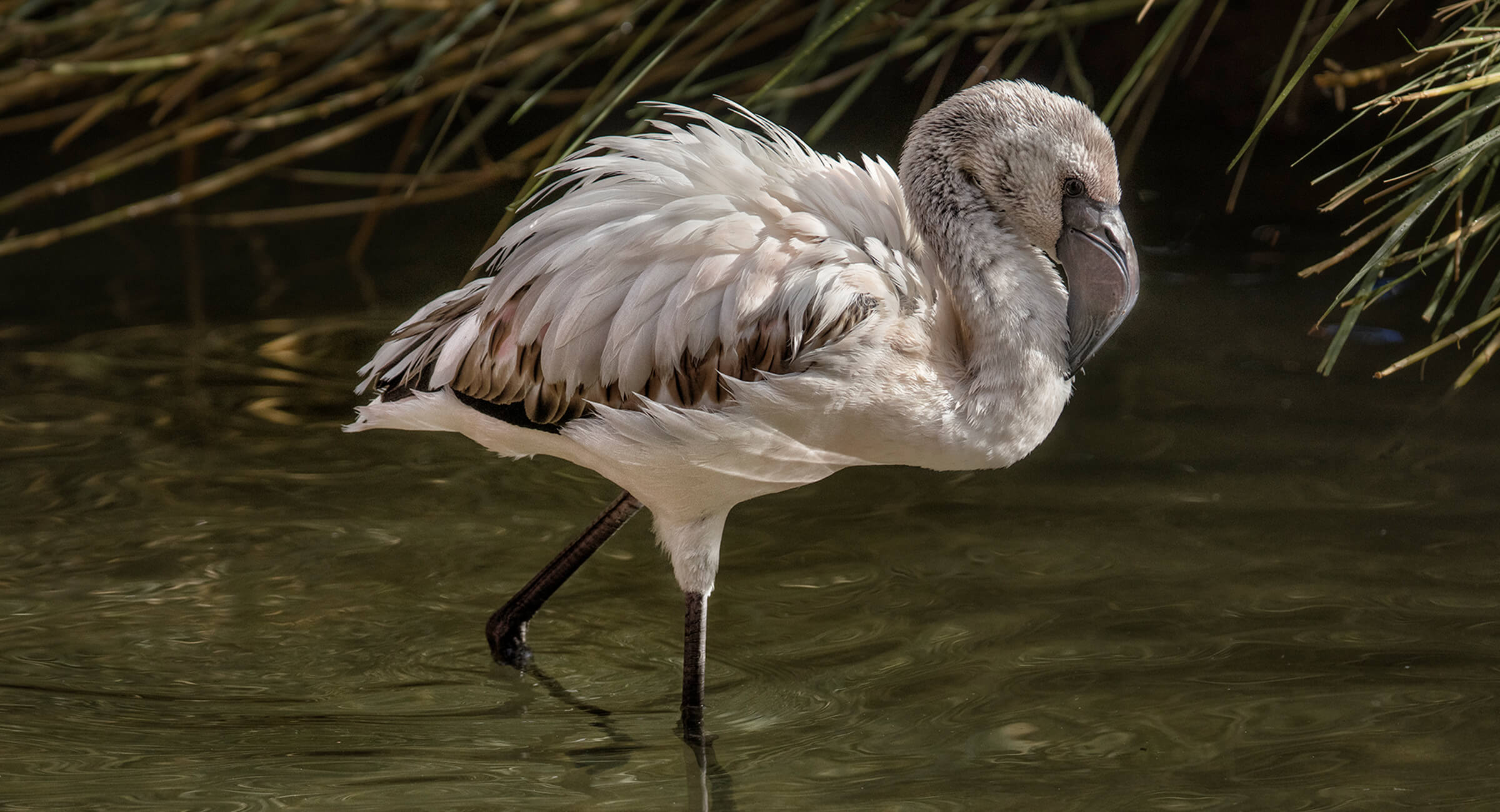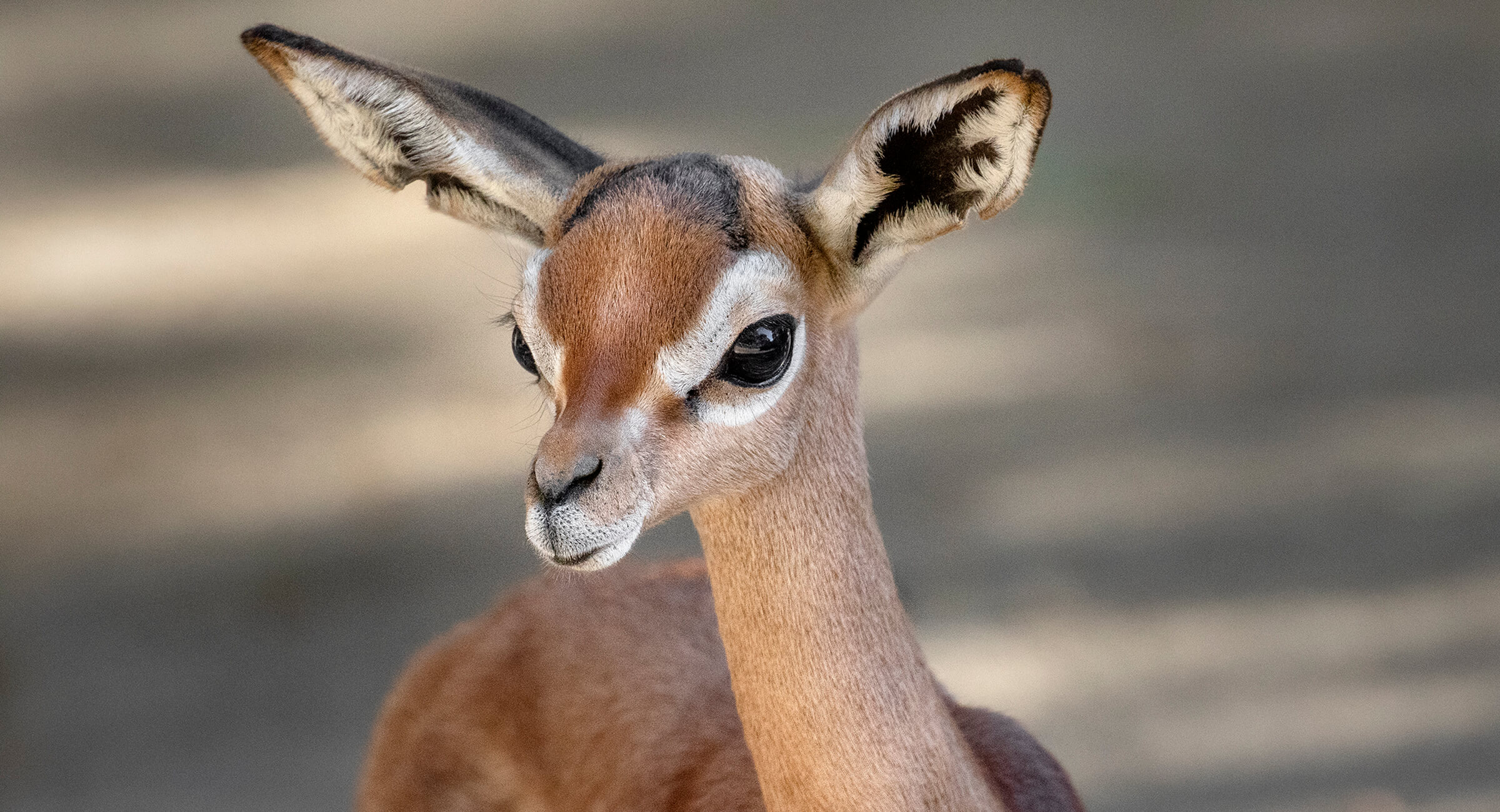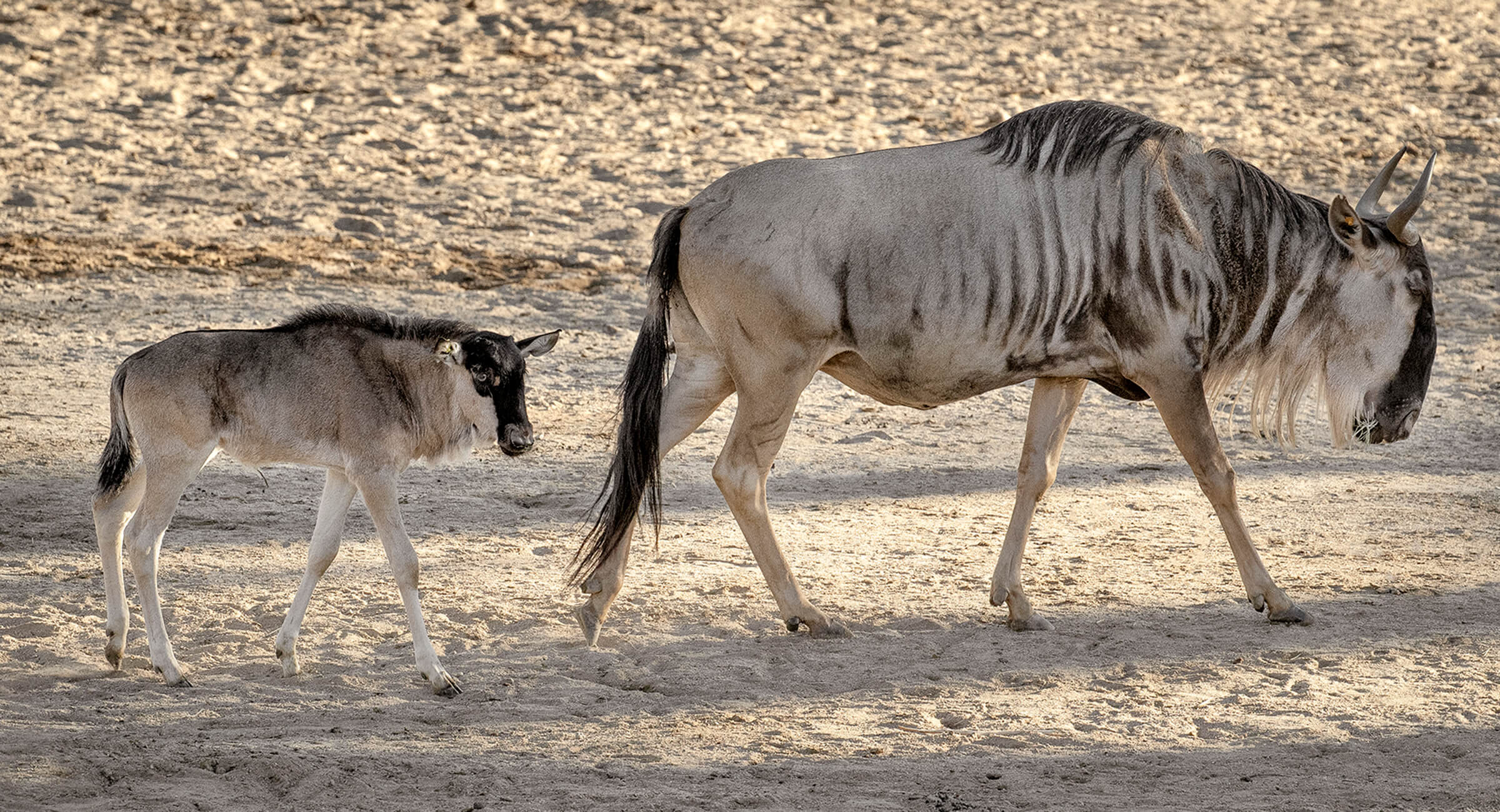Image


It’s a Boy!
After hatching, a lesser flamingo chick at the Zoo was observed walking with a limp. Because our wildlife care specialists conduct wellness checks at the beginning and end of each day, they were able to keep tabs on how the downy little chick progressed. When the ailment persisted and swelling occurred in his foot, a trip to the Zoo hospital for an X-ray revealed a broken toe. With pain medicine and therapeutic care, his injury healed the chick is back with his flock just inside the Zoo’s main entrance. [youtube video=ttps://youtu.be/eqydVbIeKfM ]A Matter of Teamwork
When a female black duiker was born recently, her mother was unable to care for her, so our wildlife care specialists banded together to provide assistance and get her going on the right foot—and back to her mom and dad. They live together in the black duiker/okapi mixed species habitat in the Zoo’s Ituri Forest. Like any young black duiker, she experiences short bouts of energy when she darts around—then tucks in a safe space for a rest. Our team of neonatal wildlife specialists, wildlife care specialists, and her parents worked together to ensure she received the proper nutrition, monitoring and lessons on how to be a black duiker. It really does take a village! [youtube video=ttps://youtu.be/y1nwfCGRdMY ]Merry Monkeys
Zuri the Allen’s swamp monkey received a special Christmas present. On December 25, six-year-old Zuri gave birth to her second infant, a female. Zuri is also the dam (mother) of Kamili, a 1.5-year-old female who is now a big sister. The swamp monkeys share their habitat at the end of the Zoo’s Hippo Trail with a family of Schmidt’s red-tailed guenons. So the swamp monkey and Schmidt’s offspring coexist naturally together.
Gerenuk
Following a birth in the savanna habitat at the Safari Park, a gerenuk was unable to care for her new fawn. Under the care of our specialized wildlife care and veterinary teams, the little antelope received the nutrition he needed to survive. He is doing well, as are the two little addra gazelles and a young steenbok receiving care at the same time.




